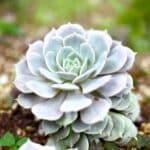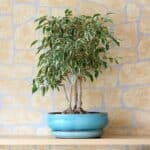Most people start their indoor gardening adventure with pothos plants before moving on to other plants. This is because pothos plants are easy to care for and comes in different variations.
Manjula pothos and marble queen are varieties of the pothos plants and thus share certain similarities.
But what is the difference between Manjula pothos vs marble queen pothos? Well, the major difference between both plants is the color and shape of their leaves.
The leaves of Manjula pothos have a variety of white, gold, and cream, while Marble Queen’s is speckled in cream, white, and green. In terms of shape, Manjula pothos leaves have a frilly shape, while Marble Queen’s is broader and flatter.
Read on as we highlight the similarities and differences between these beautiful pothos varieties.
Table of Contents
What are Manjula Pothos?
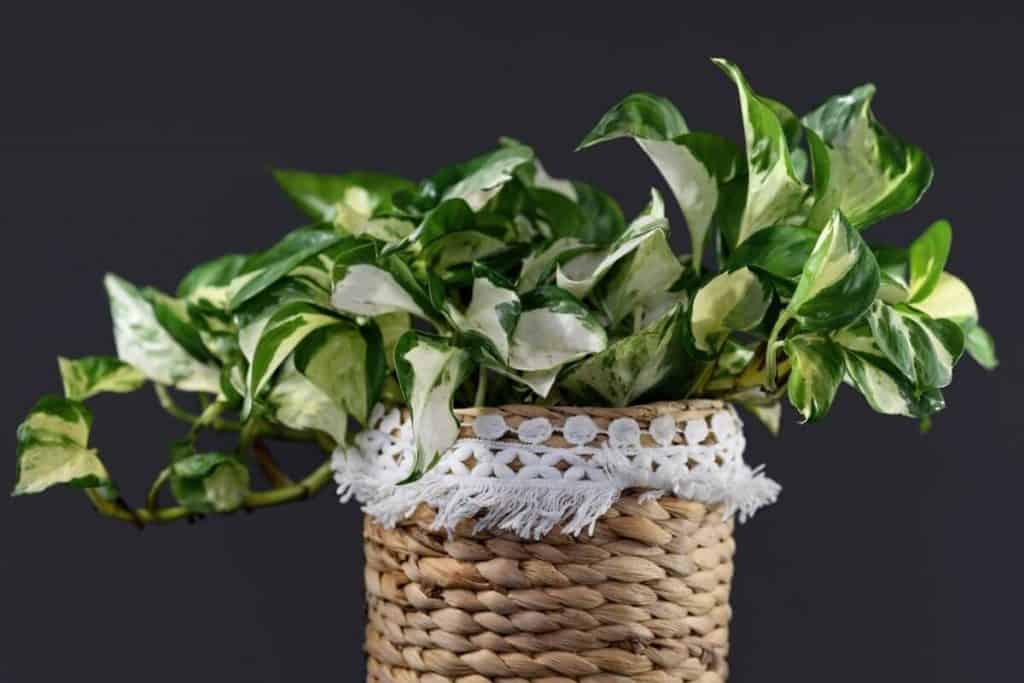
Have you heard of patented plants? Manjula pothos is a patented plant developed by the University of Florida – sounds pretty exciting, right?
As the name suggests, this plant is a variation in the pothos family. It belongs to the Araceae family of plants. It goes by many names like Epipremnum Happy Leaf, Pothos Manjula, and Epipremnum aureum Manjula.
Manjula pothos is a tropical, evergreen perennial plant that shares certain similarities with other plants in the pothos family-like Pearl, Jade, and marble queen.
The major difference between Manjula pothos and other variations in the pothos family is that the edges in its heart-shaped leaves are curvy and refuse to lay flat. The leaves also come in a combination of cream, silver, white, and green color.
Related Post: Cebu Blue Pothos Vs Philodendron
What are Marble Queen Pothos?
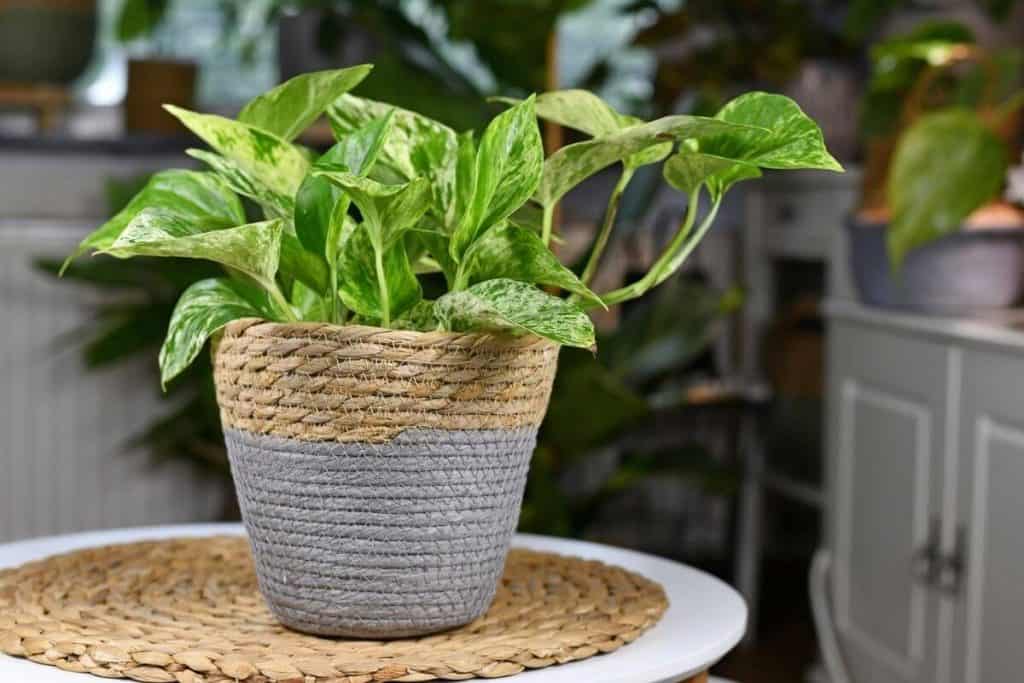
Marble queen is quite a common variety in the pothos family. It goes with many names like Devil’s Ivy and Money Plant, although popularly called Marble Pothos.
It has a cheesecake look to it, probably because its leaves are interwoven white and dark green like a tapestry or knit blanket.
The Marble Queen will make a perfect hanging plant with its long cascading vines and can even be trained to grow on a pole or trellis.
Like all pothos plants, The Marble Queen has air purifying properties. Irrespective of their clean air qualities, the plants are toxic and non-ingestible for pets and humans.
Manjula Pothos Vs Marble Queen Pothos
The table below shows some of the noticeable differences between Manjula pothos and marble queen pothos.
| Marble Queen Pothos | Manjula Pothos | |
| Growth rate | Slower | Faster |
| Color of Leaves | Swirl Of White, Light Yellow, And Cream | Splash Of Green, White, And Cream |
| Origin | Developed University of Florida | Native to Southeast Asia, French Polynesia, and Australia |
| Light | Needs Direct Sunlight | Indirect Sunlight |
| Leaf Shape | Wavy and Frilly | Broader and Flatter |
How Is Manjula Pothos Different from Marble Queen Pothos?
Now, let's delve into the difference between these two beautiful pothos varieties. Note that both plants will make great attention piece to any space and can also make beautiful hanging plants, probably because of their cascading vines.
The two plants are mostly mistaken because they belong to the same Araceae family and are of the Epipremnum Aureum genus. We will highlight some differences between both plants below:
1. Different Origin
While both plants are quite similar, they share different origins. As mentioned earlier, the Manjula Pothos is a patented plant discovered by the University of Florida, while the Marble Queen is native to Southeast Asia, French Polynesia, and Australia.
Some gardeners might argue that this plant originated from Solomon Island.
2. The Manjula Pothos Has Smaller and Waiver Leaves While Marble Queen Has Broader Leaves
The leaves in Manjula pothos is smaller, waiver, and almost frilly. In contrast, the leaves in Marble Queen are broader and flatter along the edges.
In terms of leaf texture, the leaves on Manjula pothos are smooth, while the Marble Queen has a waxy and smooth feel.
3. The Leaves of The Manjula Pothos Is A Swirl Of White, Light Yellow, And Cream While The Leaves In Marble Queen Is Splash Of Green, White, And Cream.
This is one of the most noticeable differences between both colors. The white, light yellow, and cream color of the Manjula Pothos leaves starts from the leaves' center and spreads to the leaves' periphery.
Marble Queen has an equal green to white/cream leaves, about a 50-50% ratio. The green color in the leaves of Marble Queen Pothos is darker and richer.
4. Marble Queen Grows Slower than Manjula Pothos
Marble Queen might have an average growth rate, but it is quite slow compared to the Manjula Pothos.
To accelerate the growth rate of Marble Queen, place it in a spot that receives good sunlight.
The Manjula, on the other hand, grows faster with long trails and bushy, dense foliage.
Related Post: How to Care For Pearls and Jade Pothos
How is Marble Queen Pothos Similar to Manjula Pothos?
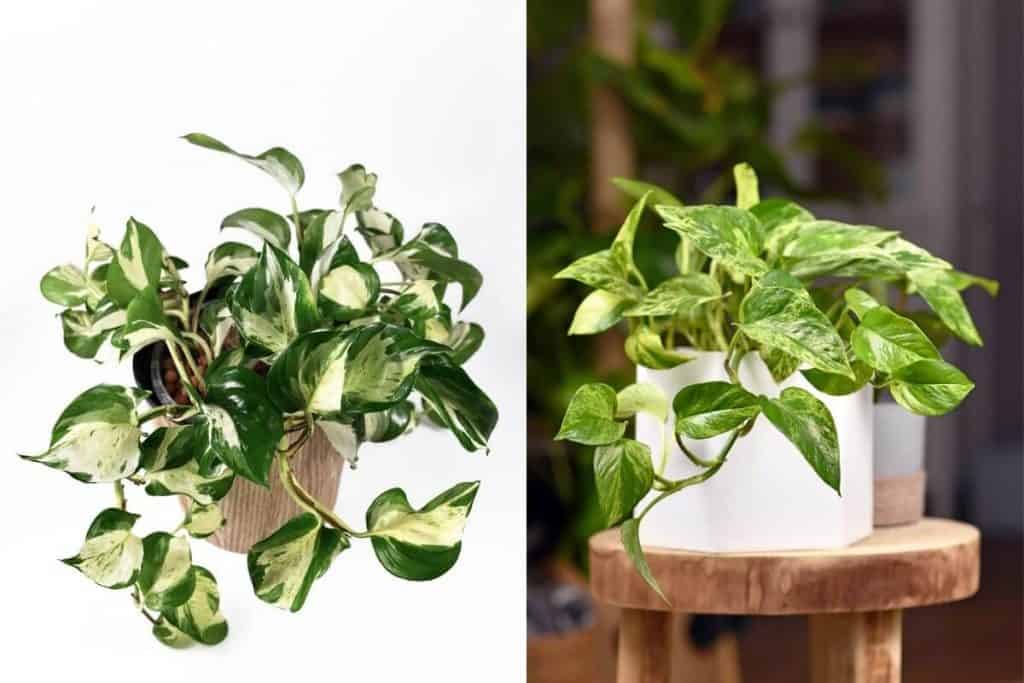
Remember that we mentioned that both plants share certain similarities, right?
Now let's delve into these similarities!
1. Both Plants Rarely Flowers
This is actually quite common with most pothos plants, especially when housed indoors. When grown outside, these plants may produce cylindrical, erect flower stalks that are cream in color and purple spathe.
2. Both Plants Share the Same Height and Structure
When housed Indoors, there is literally no difference in the height and structure of these plants. They can grow up to 6 feet or 1.8 meters in height with a leaf size of 7-8 cm (~3 inches) in length and about 5 cm (~2 inches) in width.
3. Both Plants are Easy to Care For
Why do you think pothos plants are quite popular? One of the reasons is because they’re easy to care for.
Both Marble Queen Pothos and Manjula Pothos are resilient with quite similar growing requirements. They can survive all kinds of climates provided they have access to a little sun.
For these plants to flourish exceedingly well, place them near a source of natural lighting or by a south-facing window. In terms of temperature, both plants will thrive in a temperature that’s between 70℉ and 90℉ (21-32℃).
4. Both Plants Make Beautiful Hanging Plants
This is because both plants have the same root system. They have vine-like roots that help them cascade down or grow horizontally depending on how they are placed.
The roots can climb large tree trunks; thus, it's normal to find these plants capturing and invading trees.
5. Both Plants are Highly Toxic and Shouldn’t be Ingested
The insoluble raphides in Marble Queen Pothos and Manjula Pothos make it extremely toxic to humans and pets.
This substance can irritate the mouths, vomiting, and difficulty in swallowing when ingested. Thus, it might not be a good idea to grow these plants if you have pets and kids in the home.
Related Post: Snow Queen Pothos Vs Marble Queen Pothos

